Listing An 'ICE' Contact In Your Phone Won't Work
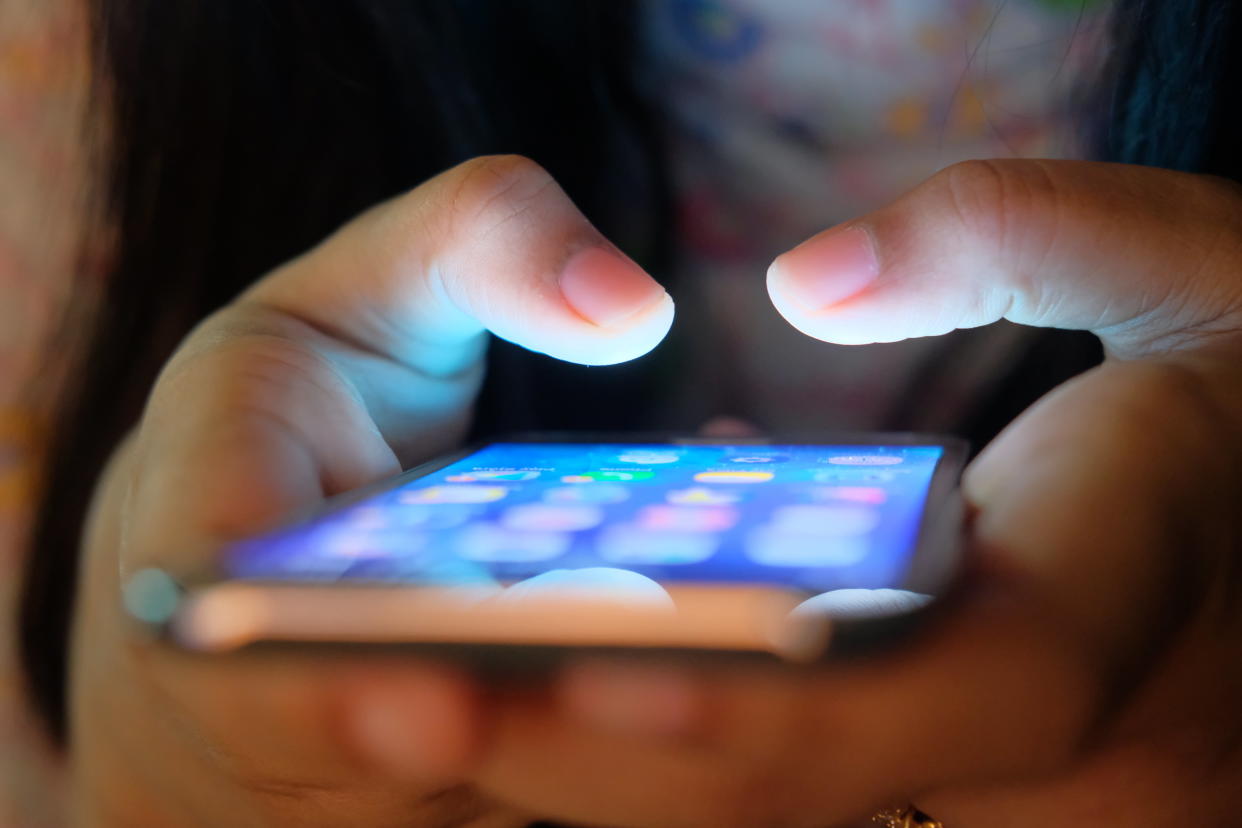
Ever thought about what might happen if you were in a bad fall, car accident or other emergency situation that left you unable to communicate with responders? Considering that we’re inundated with scary news stories every day, it’s at least crossed your mind. And you may have decided the best course of action is to set up an ICE (in case of emergency) contact in your phone ― just in case.
Unfortunately, that’s probably not enough.
You should always password-protect your phone to prevent sensitive information from getting into the wrong hands. But that means creating an ICE number in your contacts won’t do you any good, because the person with your phone would have to know how to unlock it to find that information. A police officer who needs to contact a family member or an emergency room doctor who needs to know your blood type won’t be able to hack into your phone.
Fortunately, most of today’s smartphones come with a feature that allows you to enter ICE data that’s accessible from your phone’s lock screen, including emergency contacts and important medical information. And even if it doesn’t, there’s an easy way around it.
How to set up an iPhone emergency contact
All iPhones come with the Health app, which, along with tracking your steps and other health data, allows you to set up a medical ID. This will display basic personal information, important medical information and emergency contact numbers when accessed from your lock screen. Additionally, your emergency contacts will be automatically contacted and updated on your current location if you make a call using the Emergency SOS feature.
Follow these steps to set it up:
Open the Health app on your phone.
Select the “Medical ID” tab.
Select “Edit” at the top of the screen.
Make sure that the “Show When Locked” slider is green.
Below, fill in the various fields. If there’s a section that isn’t relevant, such as “Medical Conditions” or “Allergies & Reactions,” it’s a good idea to write “N/A” or “None” instead of leaving it blank to avoid any confusion.
At the bottom is the “Emergency Contacts” section; tap “add emergency contact” to create a new contact. Note that you need to have this person’s name and number saved in your phone’s contacts list in order for the app to pull it in.
Once you’ve selected a contact, indicate their relationship to you.
You can add more than one emergency contact; continue repeating steps six and seve until all your emergency contacts are added.
To test that your Medical ID contains all the information you added, lock your phone and then wake it back up to reveal the Touch ID/passcode lock screen. Tap “Emergency” in the corner to bring up the SOS keypad ― you’ll see the “Medical ID” link in the bottom left. Press this to bring up your ICE info as well as emergency numbers that can be tapped and dialed directly from that screen.
How to set up an Android emergency contact
There are a couple of ways to set up ICE contact information on an Android phone. First, you can add your info to the emergency information feature:
Open the “Settings” app.
Tap “User & accounts,” then “Emergency information.”
To enter medical information, tap “Edit information” (you might have to tap “Info” first, depending on the version).
There’s a separate section where you can enter emergency contacts; tap “Add contact” to add a person from your contacts list (you might have to tap “Contacts” first)
Once you have set this up, anyone can find your ICE information by swiping up on the lock screen and tapping “Emergency,” then “Emergency information.”
Another option is to add your ICE info directly to the lock screen. Android lets you put any message you want on your lock screen:
Start by opening the “Settings” app
Tap “Security & location.”
Next to “Screen lock,” tap “Settings.”
Tap “Lock screen message.”
Enter the information you want displayed, such as your primary emergency contact and any medical conditions, and tap “Save.”
Some versions of Android may let you add emergency contacts and your medical information directly through the Contacts app. There, you can add contacts to your “ICE - emergency contacts” group and edit your own profile to include vital medical information.
The easy way to add ICE info to any smartphone
Other phones might have similar features for displaying ICE information on the lock screen. But even if yours doesn’t, there’s an easy workaround as long as you can set a custom lock screen image.
Open any note-taking or image app that allows text.
Type the ICE information you want displayed. Keep in mind you’ll need to account for other text that displays on the lock screen (like time and date) and ensure the text fits on one screen.
Take a screenshot of the message you created.
Set that image as your lock screen wallpaper.
Unlike with other emergency information apps built directly into the phone, your lock screen won’t allow emergency responders to dial directly. Even so, it’s better than having no information available at all, which could mean the difference between life and death.
Related...
Worried About Facebook Tracking Your Data? A Fake Account Might Help.
Trying To Save Money? Delete These 3 Apps From Your Phone Now
What To Do When You Desperately Need Help With Medical Bills
Also on HuffPost
It Could Ruin Your Sex Life

And yet, 20 percent of young adults report having used their phones during sex, according to a survey from market research firm Harris Interactive.
It Could Mess With Your Sleep
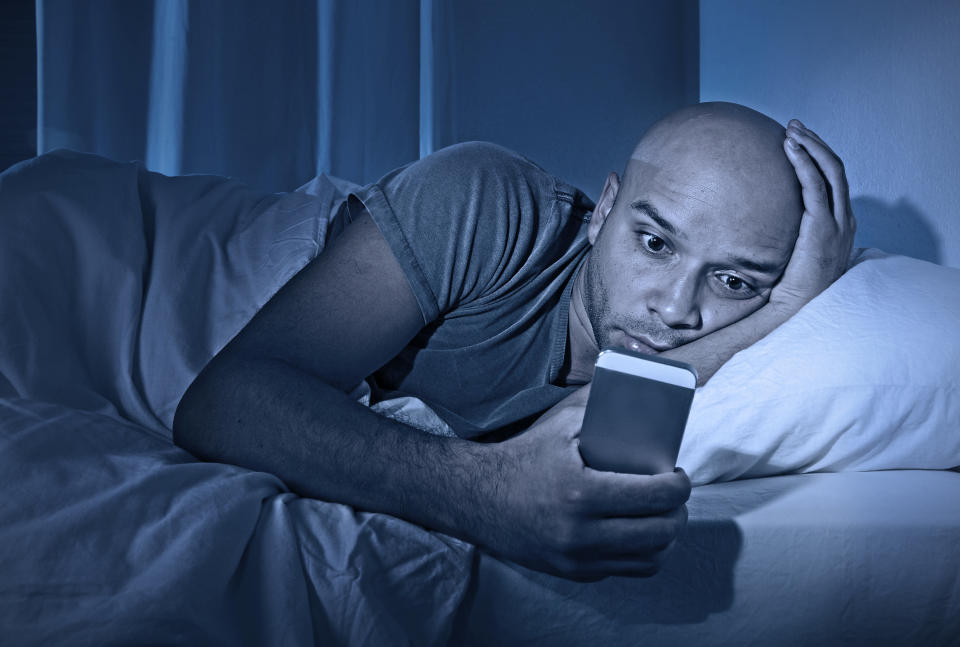
If you want to snooze more soundly and feel more alert during the day, shut off your smartphone and other devices at least an hour before going to bed, experts suggest.
It Makes You A Reckless Driver
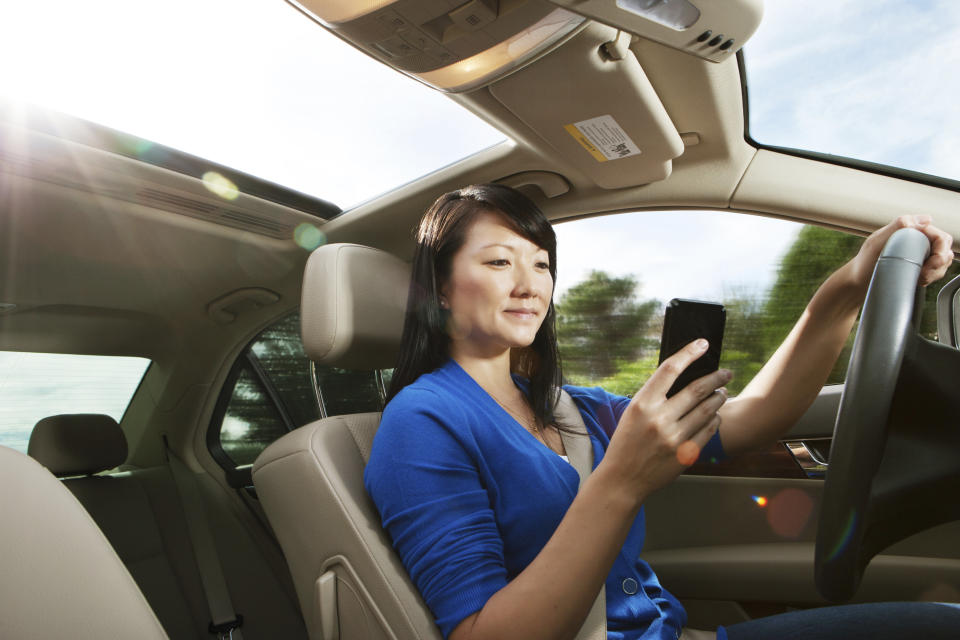
And it is bad. Every day nine people die in car accidents related to smartphone use.
It Can Be Addictive

Separating from your device can induce what some researchers have called "nomophobia," the fear of "losing the connectedness that smartphones allow." That fear can, in turn, cause people to cling to their phones in a way that resembles addiction.
It Could Make You Depressed
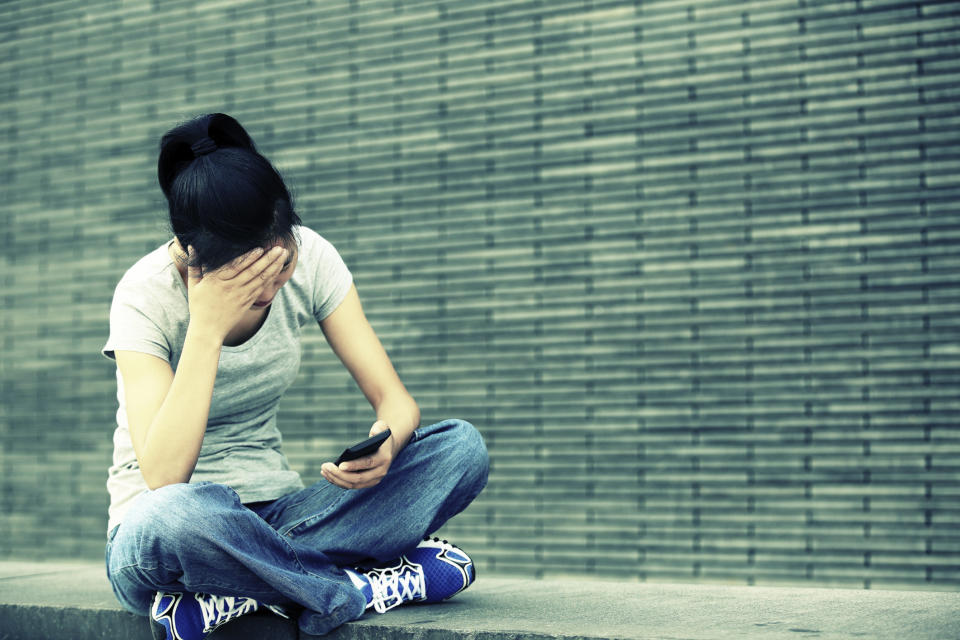
"It appears that people who use cell phones to avoid stress and negative events in their real life also tend to have mental health problems," Dr. Alejandro Lleras, a psychologist at the university and the study's lead author, told HuffPost.
It Could Make You Tune Out Your Life
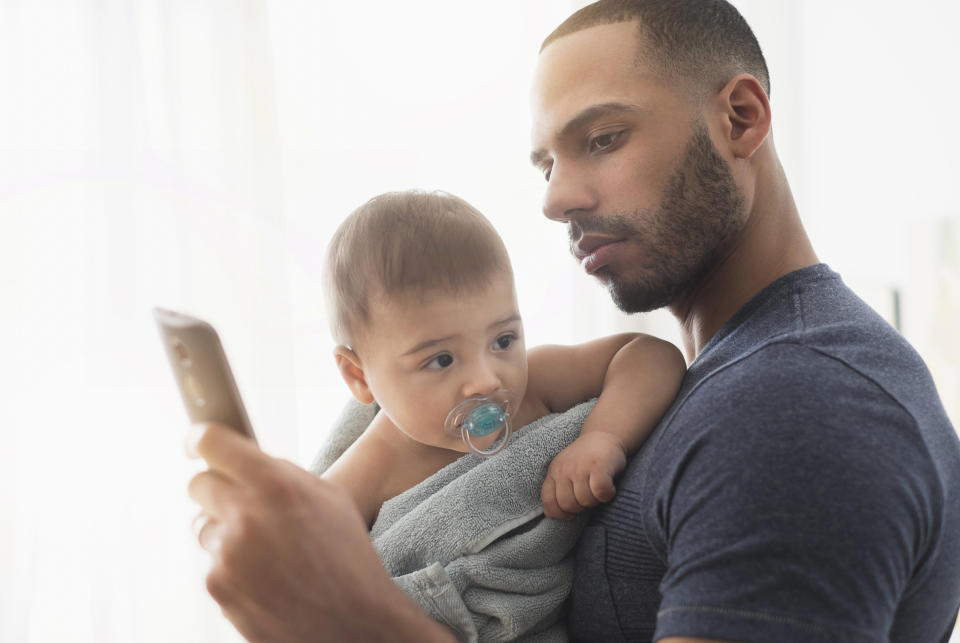
"If you are not the one calling the shots, mobile tech can easily take over your life and leave you burnt out and broken," Penman told HuffPost UK.
As an experiment, HuffPost Tech editor Damon Beres disabled notifications on all of his devices for a week. He found that doing so allowed him to relax more and finish a book he'd been chipping away at.
It Can Make Learning Difficult
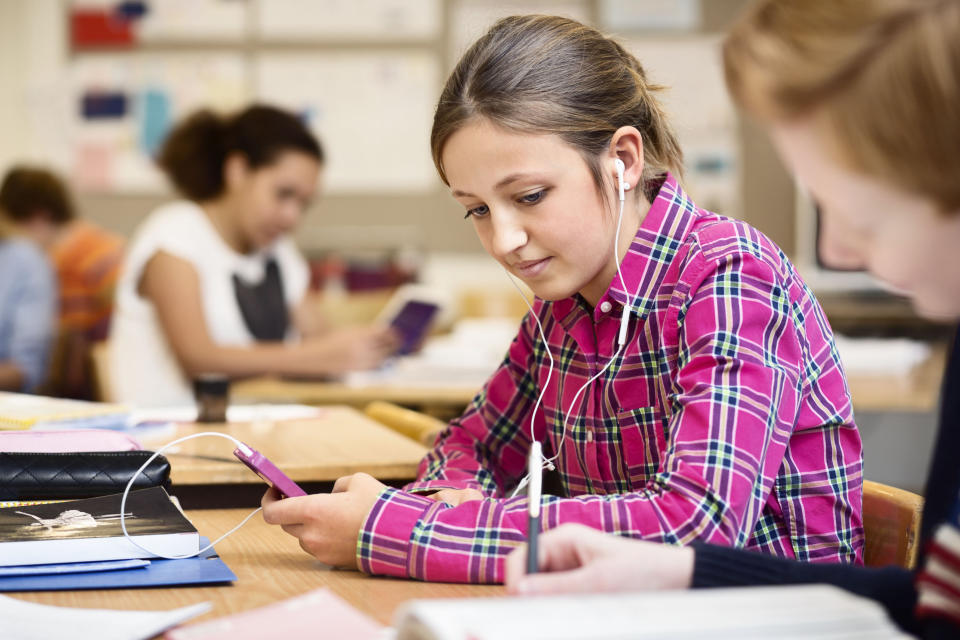
"Because smartphones are always on, they lead to interruptions when the students are studying/reading/preparing," Dr. Philip Kortum, the study's lead author and a faculty member in the psychology department at Rice University in Texas, told HuffPost.
If you really want to absorb information, it might be best to shut down your phone.
It Kills Conversation

"It is sad that this technology which was supposed to connect people is making them disconnect from each other in person," Romero told HuffPost.
Sad indeed.
Love HuffPost? Become a founding member of HuffPost Plus today.
This article originally appeared on HuffPost.


